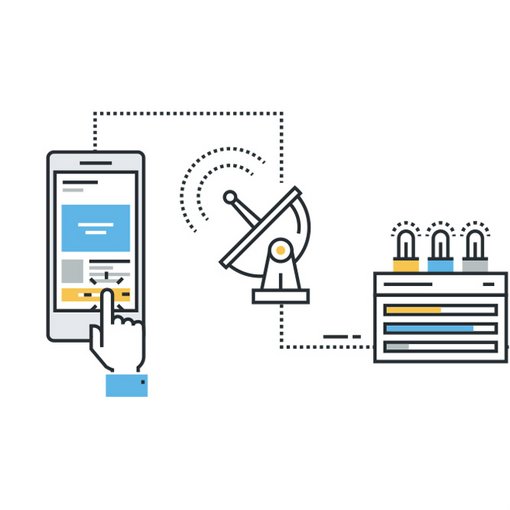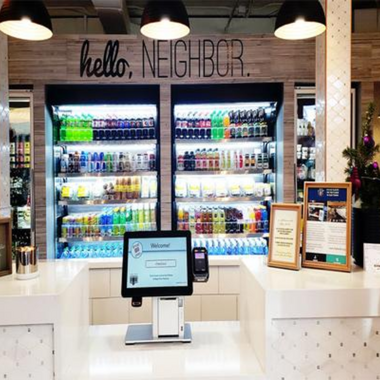
- Four minutes read
From cold to hot data
How the evolution of Paysafe as a business has been shaped by its management of data
Like most successful modern global businesses, Paysafe’s history has a double track; many years of organic growth, and a parallel acquisitions thread that has been a source of continuous innovation and expansion into new markets. The result is that today, as a business, we have an incredible breadth and depths of payments and IT capabilities across the organisation. But like every other organisation that has grown as we have, integrating all that capability is an ongoing challenge. That’s been a constant theme in the business world for decades — every time you acquire a new company, you inevitably bring an IT integration headache with it.
The big difference about this integration challenge in the modern IT environment is that it’s no longer about mere compatibility and interoperability of disparate systems and vendors. Instead, it’s about integrating data from across the whole organisation and putting it to use in creative and profitable ways. For Paysafe, integrating all our payments capabilities has had two very significant benefits. It’s allowed us to present a unified face to the world, and create a single brand rather than a dozen loosely-linked companies. It’s also allowed us to create an entity that is much more than the sum of its parts — a real engine of growth and innovation for our business that allows us to deploy new applications and verticals as we and our customers need them.
The magic sauce that brings all of these ingredients together is, of course, data. More specifically, it’s data managed through a set of APIs that allows us to stream so-called ‘hot’ data from all of our applications and channels, whether they’re Neteller and Skrill digital wallets, prepaid paysafecards or direct credit card and bank transactions on our payment network rails, on to our data platform in real time without having to rewrite any of the downstream application code. No more data warehouses, analysts and batch processes; today all of our data integration happens automatically, in one place, more or less instantaneously.
This shift from cold to hot data — and, crucially, from 12-hour to sub-second processing times — has already had a profound transformative effect on our business. It allows us to approach acquisitions in a completely new way. For example, we know that we can integrate the next game-changing app or service into the Paysafe ecosystem in days or weeks, rather than the months it used to take. So being good at this is not just about ticking fashionable big-data checkboxes. It’s a key element of our future acquisitions strategy that allows us to be up and running fast, to quickly build revenue streams and new business opportunities.
As I mentioned earlier, there’s a lot more to this than just application integration. Assimilating all our data into one place lets us do some fantastic new things that were previously beyond our capabilities, and that really starts to put some distance between us and the commodity transactions sector. One particular benefit is that it allows us to offer enhanced analytics and insights to merchants and partners, by coalescing data from across all of our channels, platforms and geographical locations. By overlaying external sources, we can show them exactly what impact every variable has on their business, not just the conventionally tracked ones. What impact does the weather have on a particular merchant’s sales, for example? Further than that, how can they best engage online or via mobile with customers who are deterred from visiting physical locations during bad weather? These are the sorts of questions we’re now starting to help our merchants answer.
Just as importantly, though, it will be a powerful tool for solving some of the payments industry’s oldest problems. Fraud, in particular, becomes much easier to identify and address with real-time data tools. The combination of fast, powerful server grids with real-time data sets and predictive analytics lets us infer fraudulent behaviour literally as it happens, rather than long after the fact; something that was nearly impossible to do with yesteryear’s conventional relational database technology.
None of this happens in isolation. Partnerships with highly innovative specialist data organisations such as MapR have helped us to move away from old batch-driven data processing models to new real-time operations. We’re following the example set by businesses such as Netflix, building microservices-based architectures that enable rapid change as customers and market conditions dictate. As always, we’re working hand in hand with the customers themselves to build the products they need to run their businesses – whether those are simple payments apps or entire banking services, such as the online acquiring platform we run for a Canadian bank.
This is just the beginning of the journey from cold to hot data. The potential for hot data to forge profound change exists quite literally everywhere: from integrating new technology such as blockchain and AI chatbots to rethinking omnichannel strategies, by offering merchants truly frictionless on-premise and online payments options that transcend conventional hardware terminals. Above all, it will allow us to orchestrate our IT assets to quickly create new applications that we haven’t yet thought of. The good news is that we’re thinking of them very quickly indeed these days — a fact that continues to set us apart from the competition as we explore our data-driven future.




